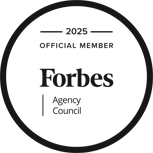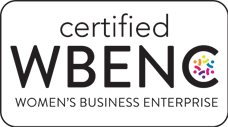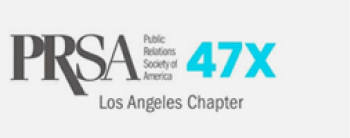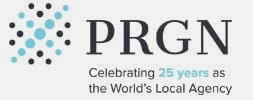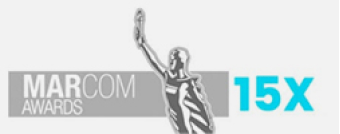
Female leadership and PR: What have they in common?
By Alessandra Malvermi – Sound Public Relations
As a woman, entrepreneur and co-founder of Sound Public Relations, I take great interest in leadership issues and I believe public relations can play a leading role in spreading awareness for values and themes of gender diversity, as well as in inspiring and giving voice to generative leadership models.
In my role as co-founder and vice president of the Italian chapter of Global Women in PR – a global not-for-profit organization for women in senior positions in PR and communications – I am proud to have contributed to launching a training program that aims to stimulate the growth potential of female talent in the PR industry.
Here are some of the points that emerged from the masterclasses that I’ve had the pleasure of moderating.
Is female leadership different than male?
Several studies suggest that it is. Nevertheless, when investigating the relationship between gender and leadership styles, it becomes clear that both men and women can learn the behaviors, attributes and skills of the opposite sex. According to Gustav Jung, the psyche is a combination of complementary masculine and feminine principles (Anima and Animus). It is, therefore, a matter of enhancing one or the other of those principles as they seem more suitable to successfully manage the challenges organizations are facing while navigating through these uncertain times.
What are today’s biggest leadership challenges?
Today’s leaders are increasingly called upon to effectively guide so-called positive systems. Today’s companies are expected to have a systemic role in society and to know how to maintain co-evolutionary relationships not only with their peers in their industry sectors, but also with society as a whole. We are witnessing a transformation that, starting from technology, is impacting all systems – work, social relationships, family and environment. Leadership, too, is evolving and is turning increasingly inside-out. Today’s leaders must be willing to embark on a journey of discovery that goes beyond knowing how to do, and reaches knowing how to be, in order to fully and consciously express their potential and their uniqueness.
What is the main trait of a successful modern leader?
The evolution of leadership is increasingly linked to skills that have socially and historically belonged to women. Listening skills, understanding, delegation, empathy and inclusion should not be intended as traits intrinsic to individual identity, but rather as expressions more easily referable to the feminine sphere. The first fundamental characteristic shared by women in leadership positions is self-awareness. Knowing your values, needs and talents thoroughly – and knowing how to align them with your life and career goals – is in fact the essential trait of female leadership and of leadership of the future.
What is the link between female leadership and PR?
Public relations, by definition, aims at building bridges of understanding and dialogue. Empathic communication is the basis of any effective and generative relationship. Systems are the result of relationships. Between us and reality there is always a relational component. The skills of female leadership are therefore particularly functional in cultivating co-evolutionary relationships and in promoting the creation of a positive and fertile climate for the development of ideas, projects, solutions, capable of bringing authentic value to customers and projects. Self-awareness, a key element of female leadership, also allows us to understand how recognizing one’s own values, needs, talents and even vulnerabilities is essential to be able to enter into more authentic relationships with others.
Whether you are a man or a woman, having the courage to be yourself is a powerful catalyst triggering transformative and generative processes. And then by its very nature PR can interpret these processes better than other disciplines of communication.
This article was originally published on the Public Relations Global Network, here.



